
Port Miniature, Bergerac
Take this opportunity to drive the electric replicas of real boats: tug, trawler, ferry, steam Mississippi barges...The small port has everything for those who want to go out there and play sailor "for real".
Boutique self-catering accommodation on the Dronne.
Le Logis is situated just outside the tiny, medieval village of Chenaud in a quiet little valley on the West side of the Dordogne region. This estate consists of a large hunting lodge, built during various centuries, a large barn with two French towers and an old well. The grounds cover approximately six acres in total and the backyard overlooks the lush and winding Dronne river. The buildings have all been immaculately restored, with boutique interiors, and self-catering chic rooms are available for just two people or up to 14.

Take this opportunity to drive the electric replicas of real boats: tug, trawler, ferry, steam Mississippi barges...The small port has everything for those who want to go out there and play sailor "for real".

For over 25 years this park has allowed visitors to come into close (and safe!) encounter with crocodiles, cobras and more than 200 other reptiles and venomous species.

Enjoy a single or multi-day trip down the river Dordogne to town such as Beynac, Castelnaud, Montfort and Fayac.

Open every day of the year this 9-hole, par 35, course is set in the lush countryside of the Dordogne and the grounds of Chateau les Merles.
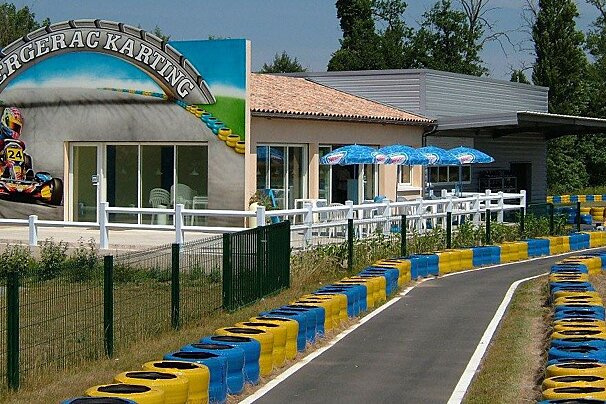
In the heart of the 'Purple Perigord' you can share and enjoy the passion of owner Jean-Pierre who has been part of competitive karting since the late 1980's.
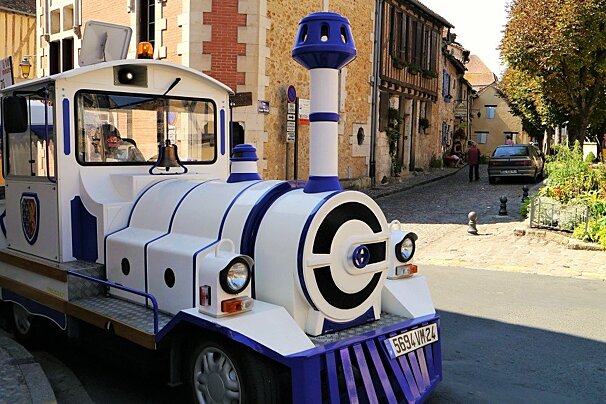
Discover the historic town of Bergerac during this 30-35 minute tour of the towns most famous sights and features.

This elegant and sophisticated two Michelin star restaurant offers creative dishes designed by chef Cédric Béchade, who plays with colours and textures in his cuisine.
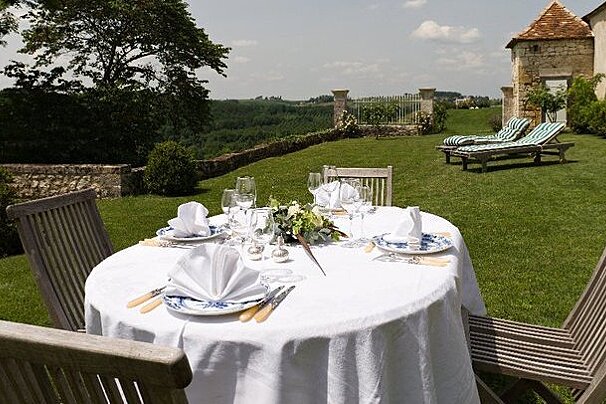
The dining rooms allow for views of the surrounding vineyards and rolling hills. Drinks can also be enjoyed in the small library or among the chestnut trees.

Large bright dining rooms and a flowery terrace set the scene for a delicious meal. In the winter your food can be enjoyed in front of the large open fire place and in the summer, out on the open terrace looking out over town and surrounding countryside.

Located in the world capital of the truffle, at this small hotel, the truffle has become the main feature.

Stone walls, high ceilings, charming surroundings and elegant table settings lure you into the restaurant, with precise modern day interpretations of classic regional food, made from the finest local produce.
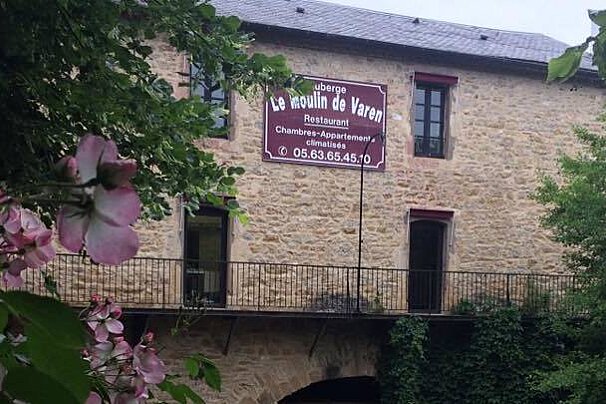
Converted mill located in a small village typical of the area. Set on the banks of the Aveyron, sit back and watch the heron fish whilst you enjoy your meal.
This area was settled by monks in the late 19th century when Napoleon III decided to drain the marshlands in the area. It was established as an abbey in 1876 and the monks began making cheese to make the farm profitable. The community dispersed in the early 20th century but the site was reoccupied by a community of nuns of Espira Agly who were returning from Herrera in Spain. The nuns live under a vow of silence and have restarted the monks' cheese-making business. The abbey itself cannot be visited but they have a good shop selling cheese and confectionary from other missionaries.
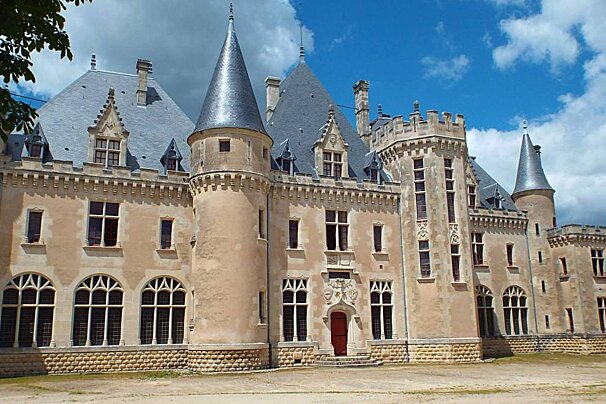
The home and birth place of Michel de Montaigne (1533-1592), he was one of the most significant philosophers of the French Renaissance, known for popularising the essay as a literary genre.
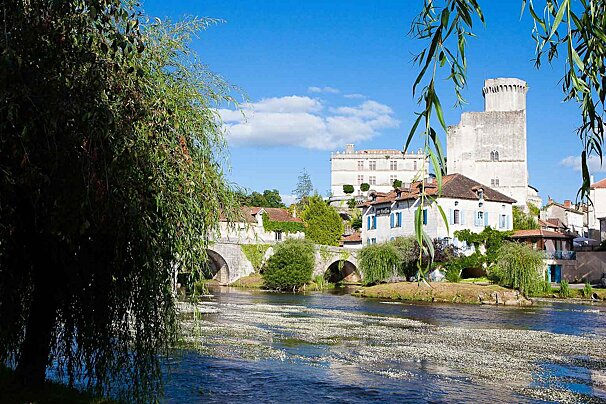
This château is the combination of two castles, a medieval one dating to the 13th century and a Renaissance palace dating to the 16th century.
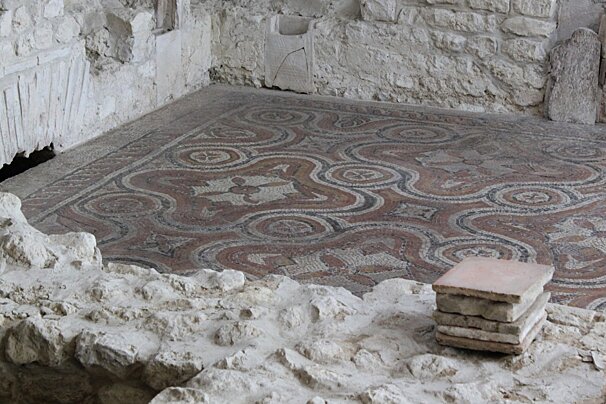
The remains have been partly excavated (only about a tenth) and are a magnificent archaeological example.
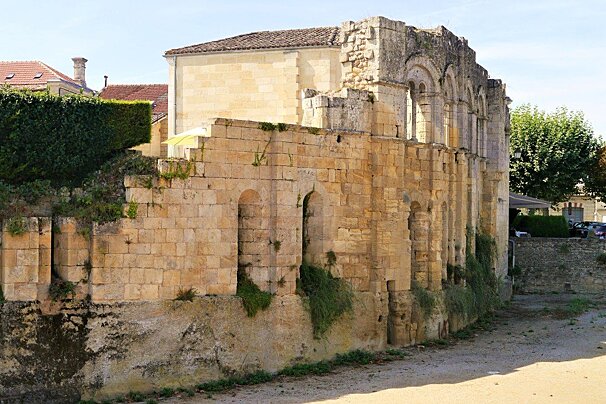
Gifted to Gaillard de la Mothe by his uncle Bertrand de Goth, Archbishop of Bordeaux, who later became Pope Clement V, the Cardinal Palace sits at the entrance to the city of Saint Emilion.
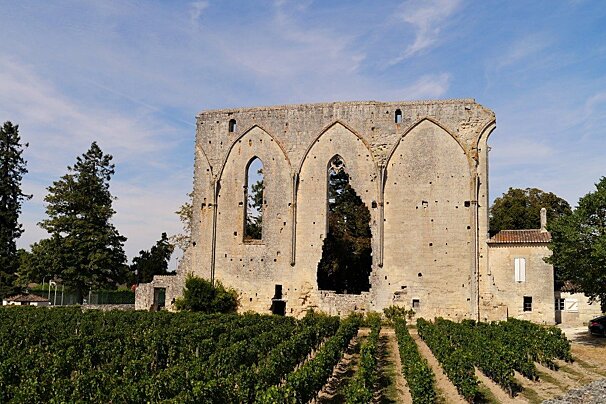
The great wall, or Grandes Murailles, is now all that remains of a once Dominican monastery that was built in the 12th-century.
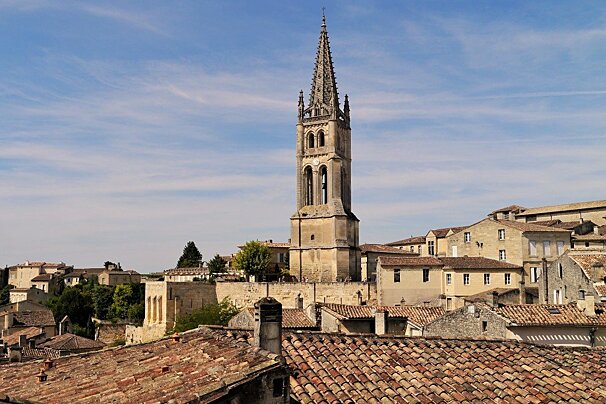
Vineyards were planted around this old town in Roman times and whilst most people associate the name with the wine, the town itself is worth a visit for its ramparted old centre with interesting Romanesque churches and an incredible underground monolithic church.

You get a sense of this town's history as soon as you arrive, with are flags and coats of arms lining the roads that lead you to the main square.

Sainte-Foy-la-Grande sits on the south bank of the Dordogne river. This attractive walled bastide town still has some of its medieval houses and is a good base for visiting the surrounding Sainte-Foy-Bordeaux wine region and nearby Château de Montaigne, home of Michel de Montaigne.

Located on an ancient Roman road, the town of Brantôme on the Dronne river is centred around its 8th century Benedictine abbey.
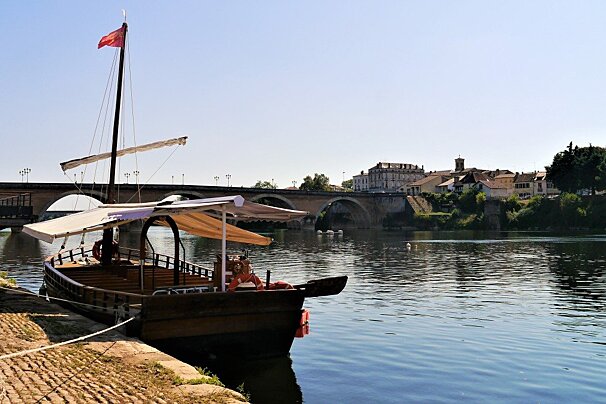
The largest town in the area, Bergerac, still retains a quaint old feel, with a change in pace in the summer months.
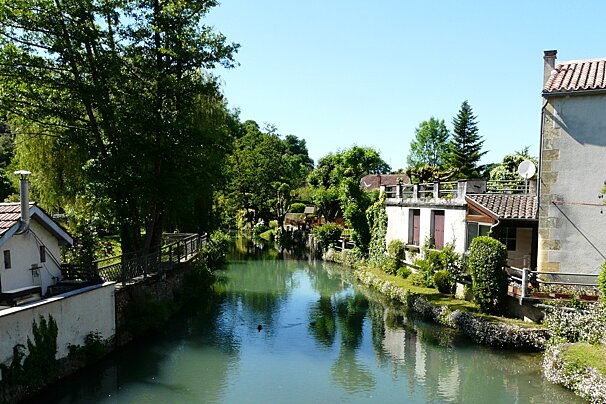
Couze used to be a paper-making village and a number of its old mills are still in existence, using the power of the Couze river to turn the water wheel.